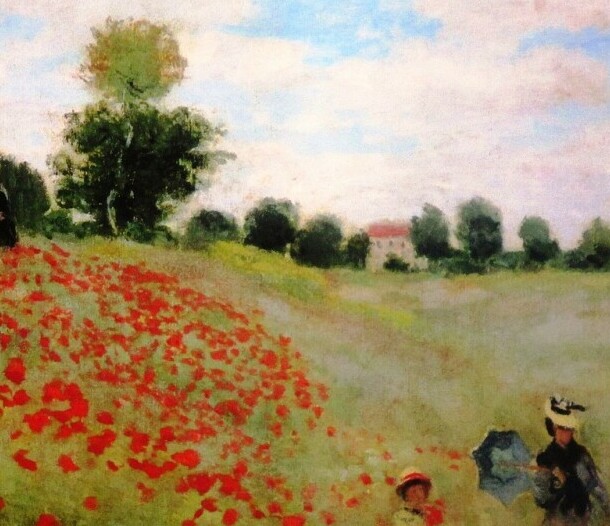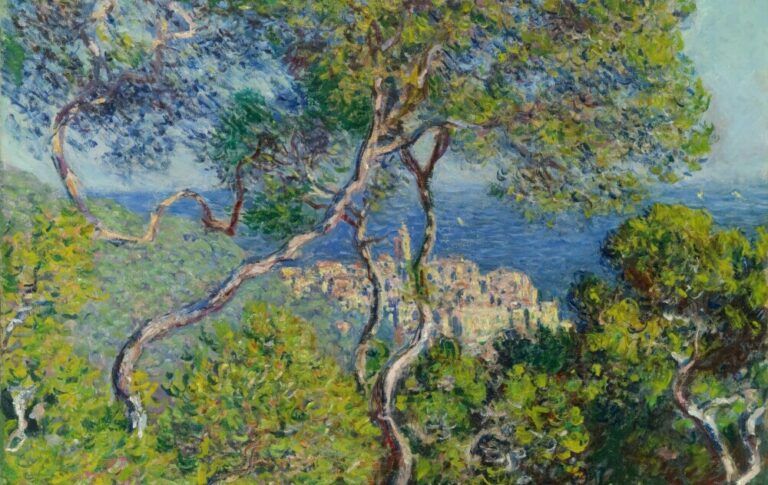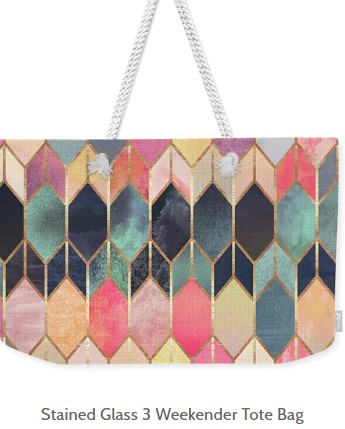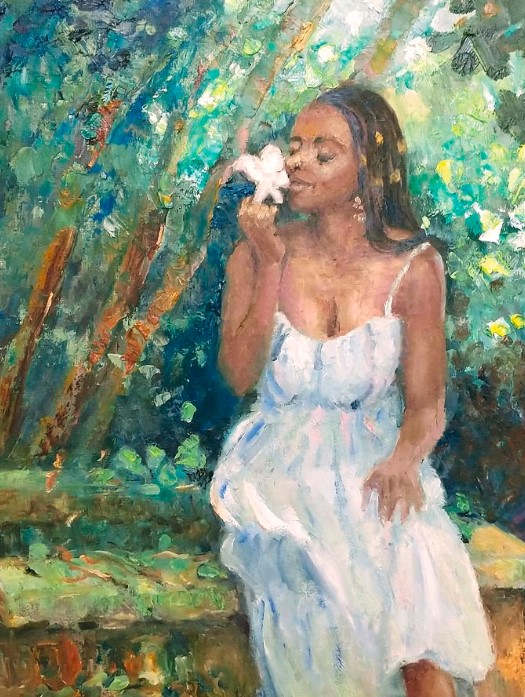The Role Of Color In Impressionist Artwork
Today, I’m going to be talking about how Impressionist artists wielded color as their wand to enchant the canvas. The role of color in impressionist artwork isn’t just about dabs of paint; it’s also about invoking feelings and defying norms. Impressionism marked a dramatic shift from detailed, precise representations to a more perceptual approach to painting. Artists like Claude Monet, Pierre-Auguste Renoir, and Edgar Degas didn’t just use color to describe form; they used it to create mood, movement, and light.

The play of light and color became a central focus, allowing artists to convey the transient nature of a scene. Monet, in particular, was known for his series of paintings that depicted the same subject at different times of the day, showcasing the transformative power of light on color. This dynamic approach to color not only mirrored the ever-changing nature of reality but also invited viewers to experience the emotional nuances of each moment.
If you want to understand the role of color in Impressionist artwork, you’ve got to immerse yourself in the principles that guided these artists. They weren’t content with representing the world in somber tones or limited palettes prescribed by academic conventions. Instead, they broke free, choosing vibrant, often unexpected colors to reflect the world’s true vibrancy as seen through their eyes.
Don’t worry too much about the technical jargon of color theory. What matters is how these artists applied color in ways that captured a moment’s fleeting impression. They introduced the world to the idea that color could be emotive rather than just descriptive. Transforming everyday scenes into visual poetry, the color in Impressionist art contributes to a dynamic dialogue between the viewer and the painting.
Now what is fascinating is how this shift in using color was a form of silent rebellion. Nature wasn’t just green grass and blue skies for the Impressionists. It was a myriad of shifting hues that changed with the time of day and weather conditions. Look closely, and you’ll find unconventional shades where you wouldn’t expect them—purples and oranges amidst leaves, reds, and blues reflecting off water.
Choose something that resonates with you, and chances are, you can find an Impressionist painting that speaks to it through color. This sensory experience was a conscious strategy by Impressionists to blur the lines between the person viewing the work and the scene depicted. The use of color in Impressionist artwork redefined the boundaries of art itself, predating the color theories and practices that would emerge in the 20th century.
So my question to you today is, how did these artists fit into the broader narrative of art history with their use of color? Understanding color’s complex role in Impressionist artwork sets the stage for exploring their revolutionary approach to painting—a visual revolution that still resonates in the corridors of modern art. That’s going to include delving into the color theory embraced by Impressionists, which is precisely what we’ll tackle in the next section.
Benjamin Johnson, Artist


